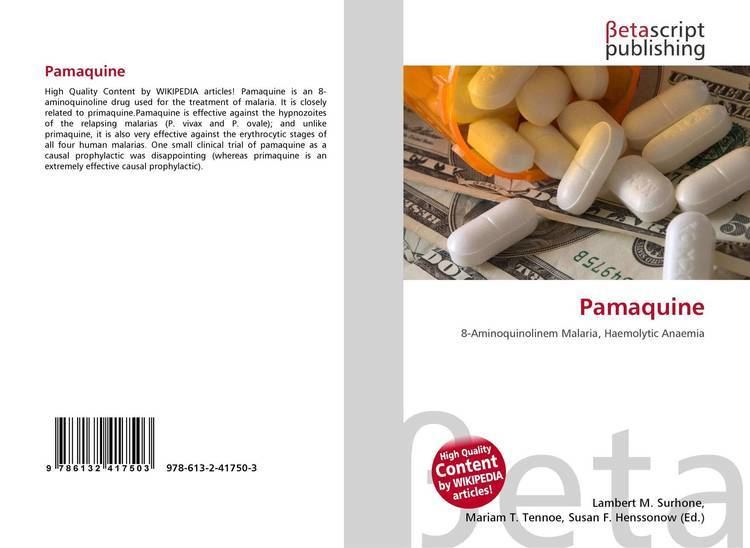ATC code none PubChem CID 10290 UNII 99QVL5KPSU Molar mass 315.453 g/mol | CAS Number 491-92-9 ChemSpider 9868 ChEMBL CHEMBL472698 | |
 | ||
How to say pamaquine high quality voices
Pamaquine is an 8-aminoquinoline drug used for the treatment of malaria. It is closely related to primaquine.
Contents
- How to say pamaquine high quality voices
- What does pamaquine mean
- History
- Adverse effects
- Uses
- Synonyms
- References
What does pamaquine mean
History
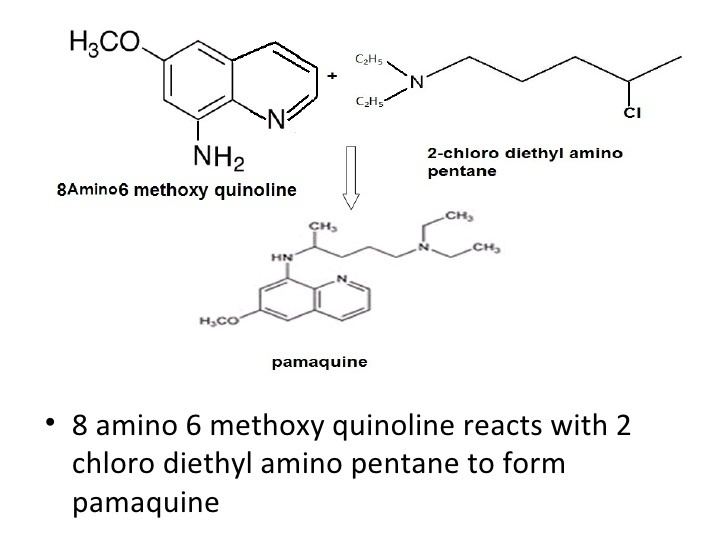
Pamaquine was the second synthetic antimalarial drug to be discovered (after methylene blue). It was synthesised by Schulemann, Schoenhoeffer and Wingler in 1924. In 1926, Roehl demonstrated that pamaquine was effective in treating malaria in birds, and introduced it into use in humans.
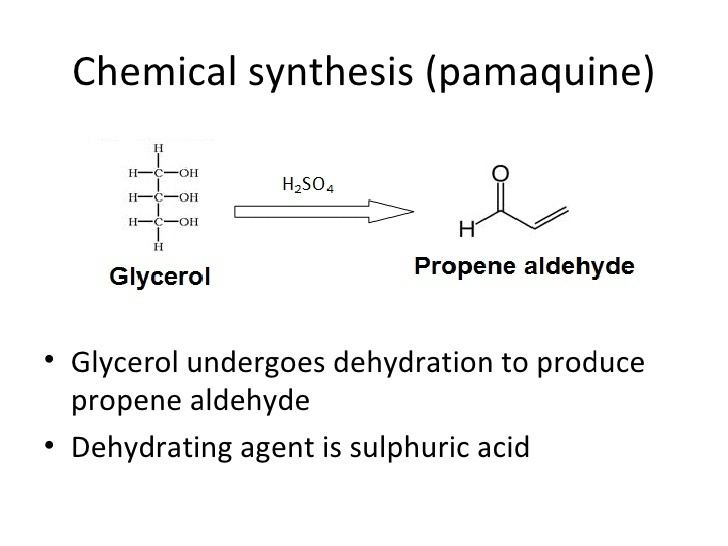
A large trial of pamaquine performed by the Royal Army Medical Corps and the Indian Medical Corps in 1929 showed for the first time that it was possible to prevent relapse of vivax malaria. Prior to this, it was understood that patients with vivax malaria would suffer from relapses, but there was no treatment that could prevent the relapses from occurring.
Adverse effects
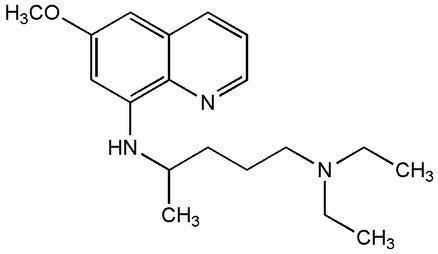
Like primaquine, pamaquine causes haemolytic anaemia in patients with G6PD deficiency. Patients should therefore always be screened for G6PD deficiency prior to being prescribed pamaquine.
Uses
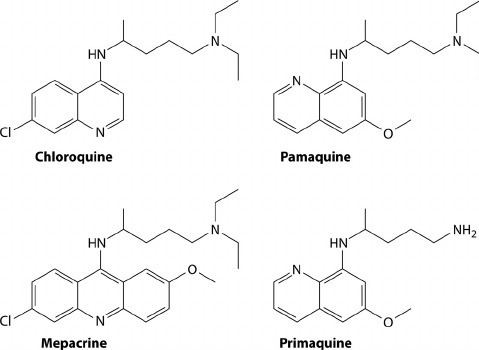
Pamaquine is effective against the hypnozoites of the relapsing malarias (P. vivax and P. ovale); and unlike primaquine, it is also very effective against the erythrocytic stages of all four human malarias. One small clinical trial of pamaquine as a causal prophylactic was disappointing (whereas primaquine is an extremely effective causal prophylactic).
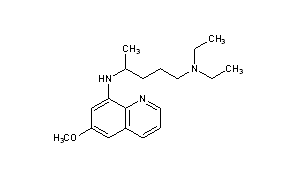
Pamaquine is more toxic and less efficacious than primaquine. Pamaquine is therefore no longer used and the only drug currently recommended by the World Health Organization is primaquine.
Synonyms
